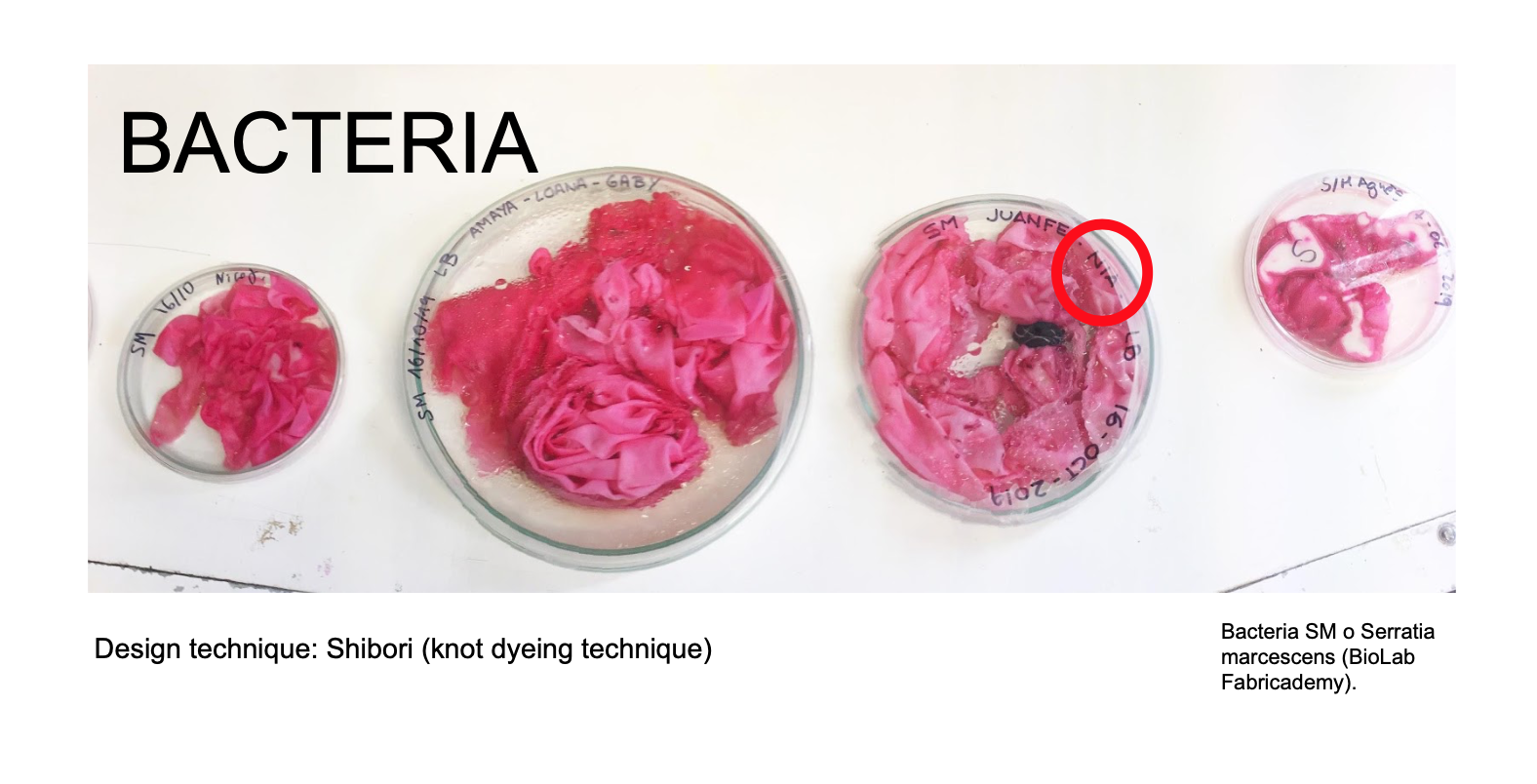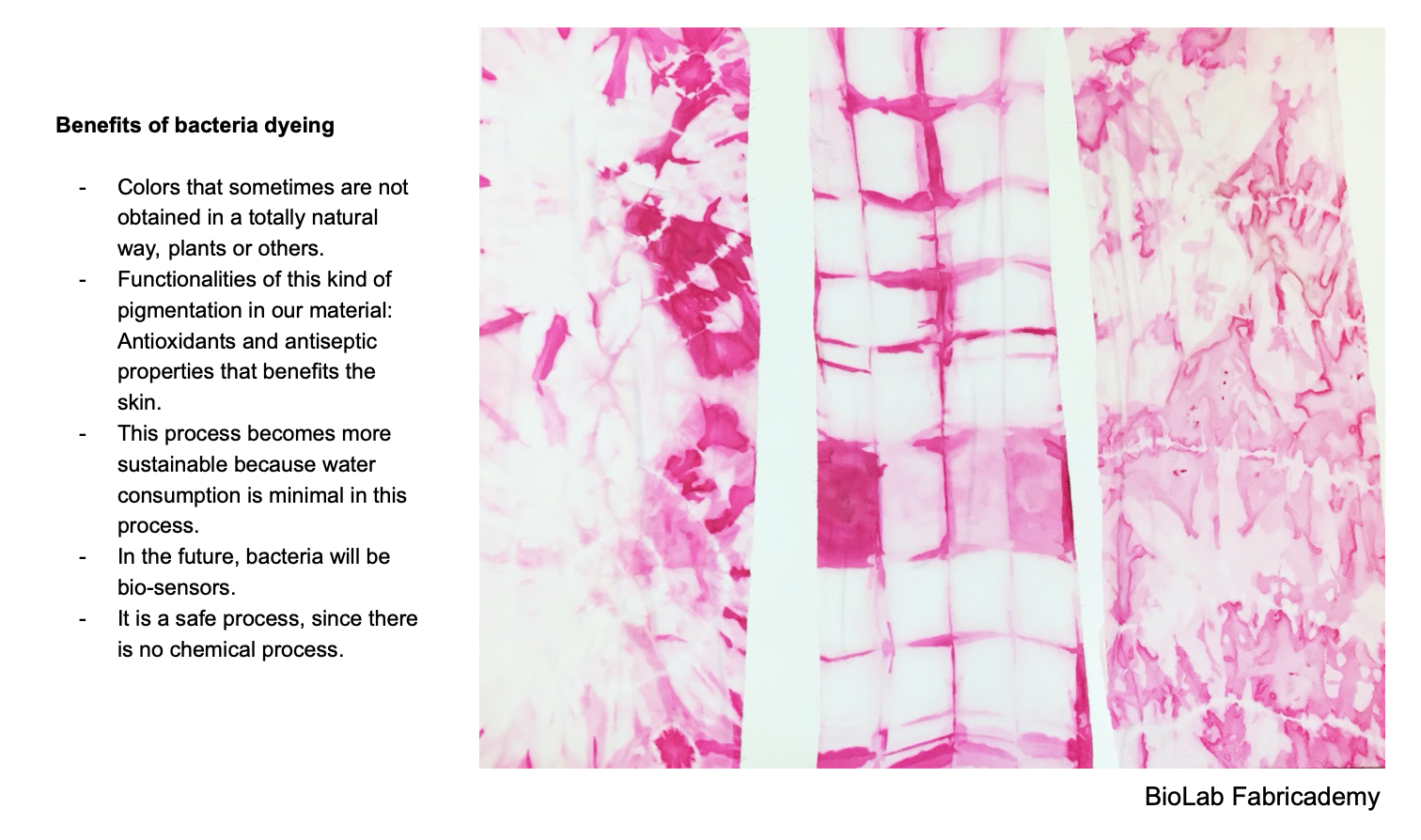4. Biochromes¶

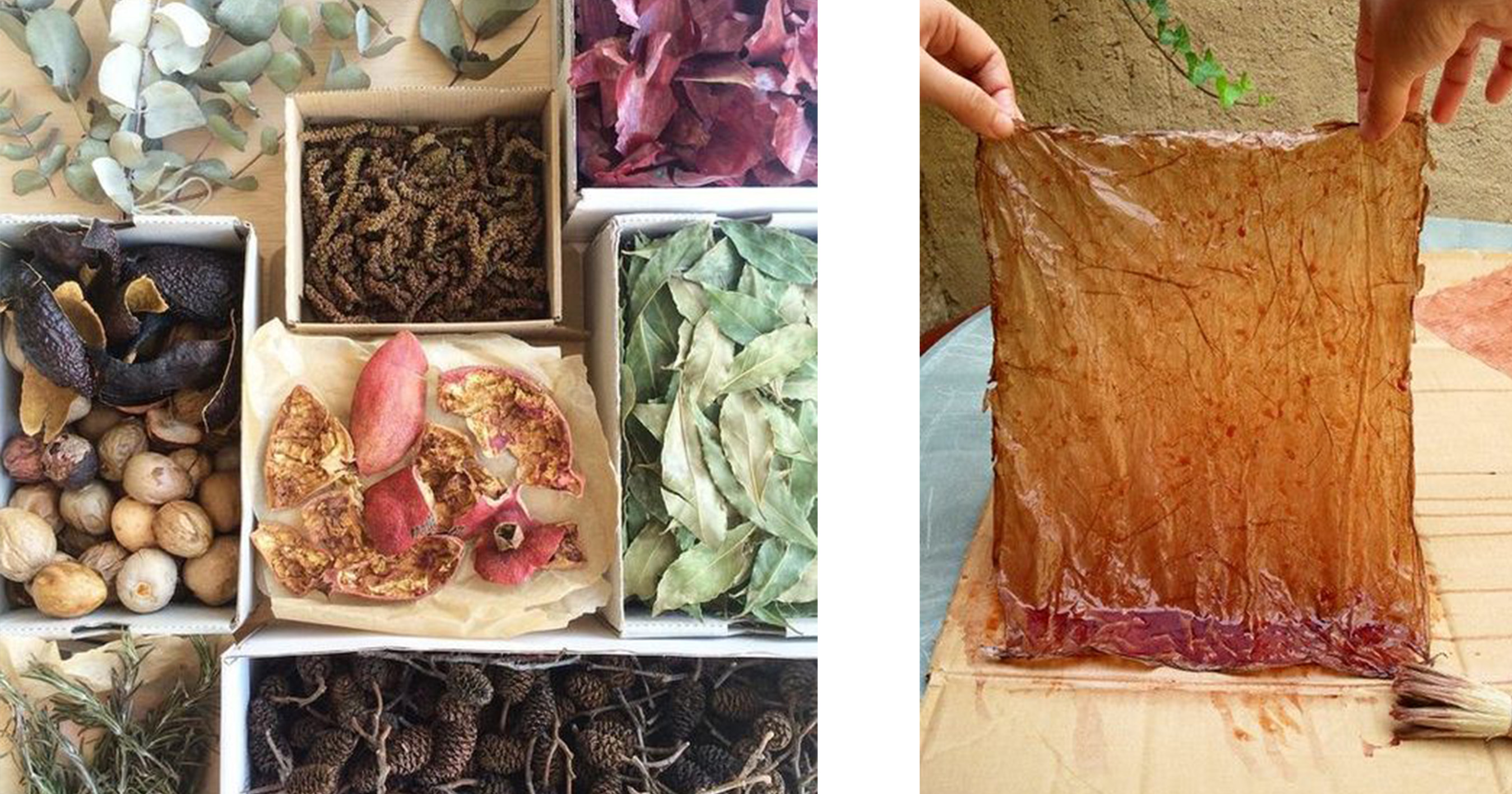
"So here we go!"
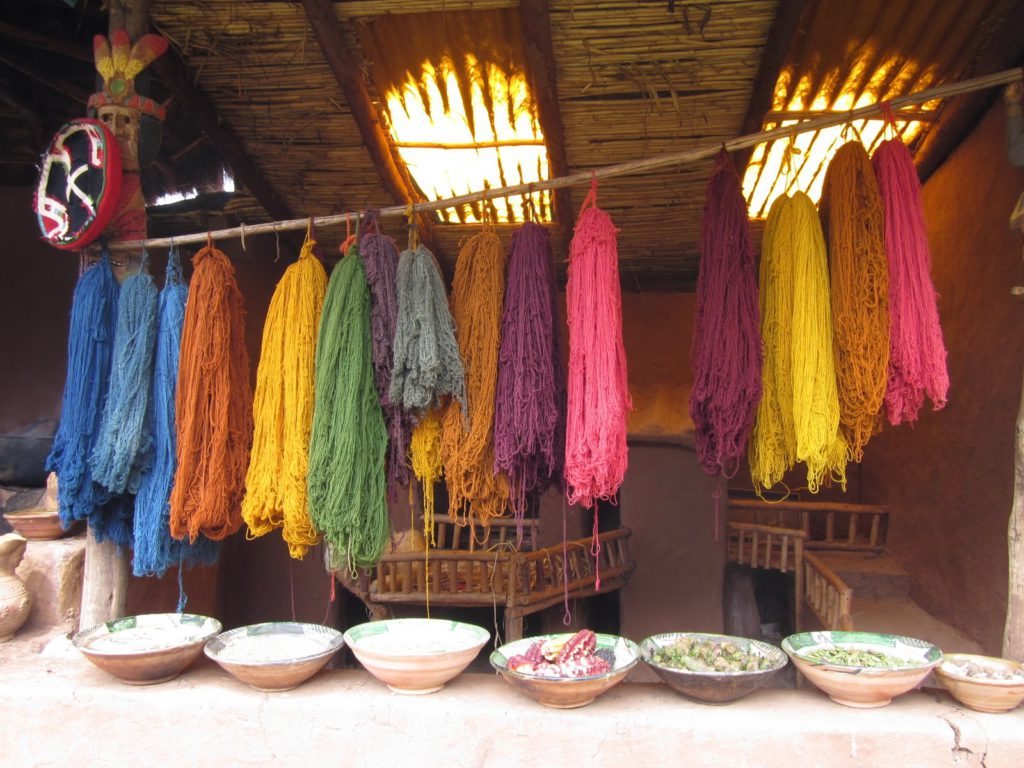 Ancestral Knowledge Peru and peruvian natural colors dyeing
Ancestral Knowledge Peru and peruvian natural colors dyeing
"If we do not present to the current generation the value behind the ancestral processes and the natural dyeing that have existed for hundreds of years, the legacy of our ancestors will be condemned.".
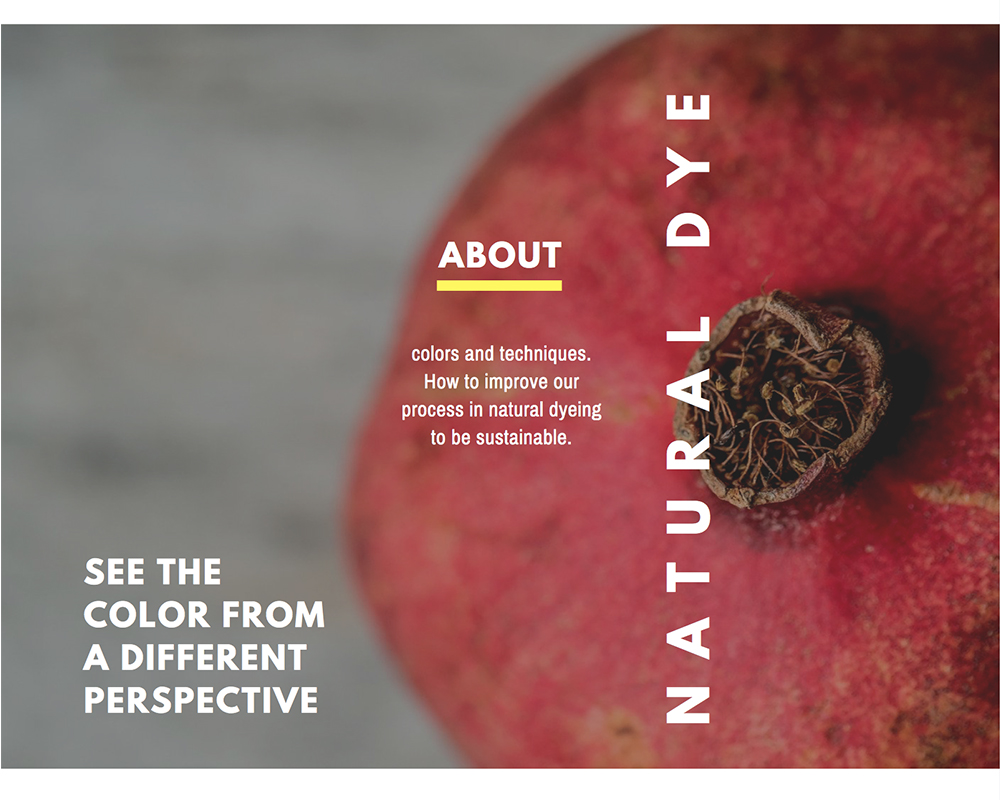
This week we worked with natural dyeing. I was in charge of the pomagranate ink. So now I'm going to explain the process for have the natural dye and how to mix it with the fabrics.
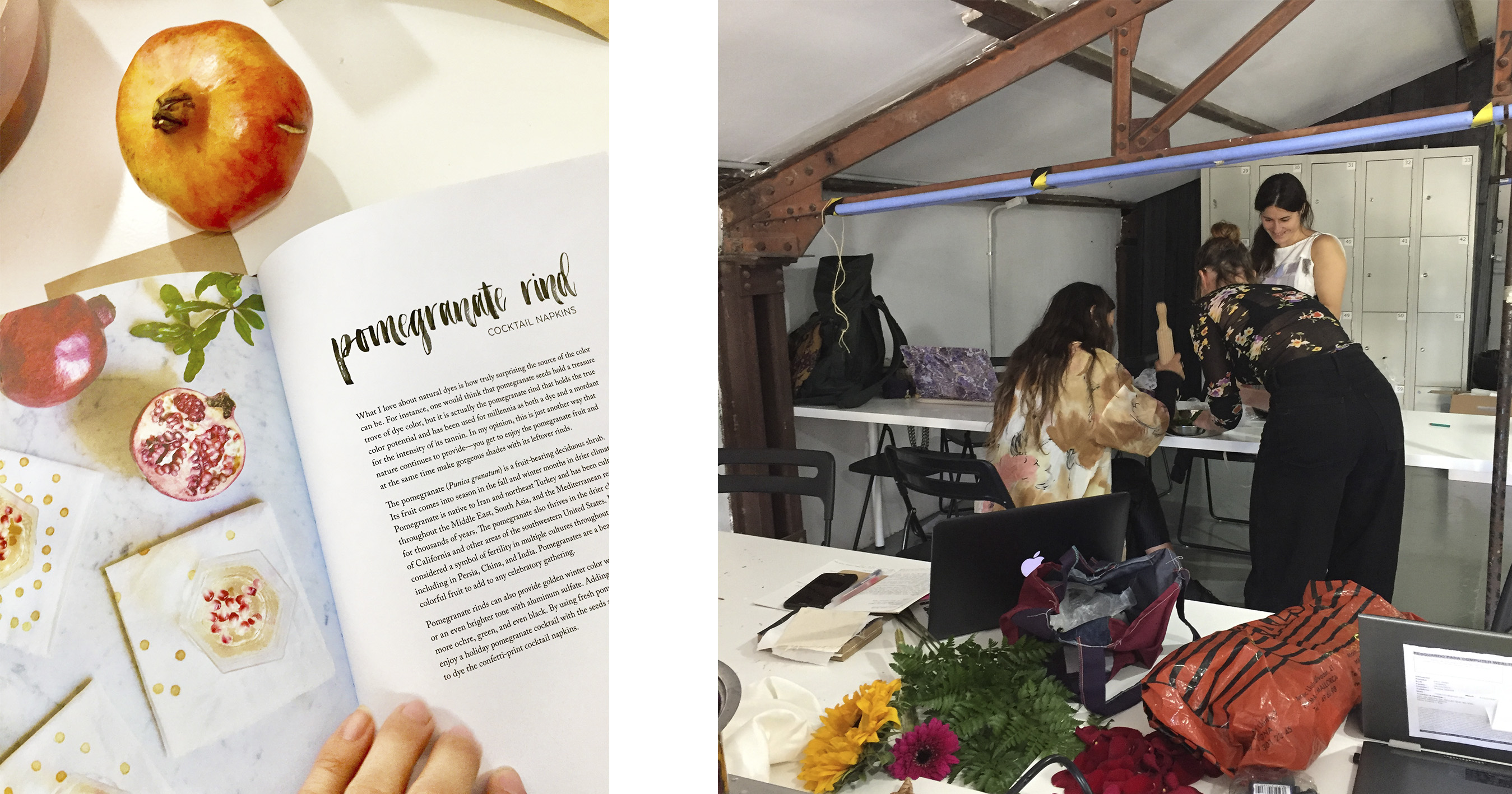
Ingredients¶
Rinds from 1 to 3 large from pomegranates, cleaned well and cut it into ½ inch pieces. (i used 2 fruits and i got a small amount of juice so i recommend use at least 5 or more.)
- 1 teaspoon guar gum powder
- 1 teaspoon aluminum sulfate
Equipment¶
- Heat and water resistant gloves
- Medium stainless steel pot with lid
- Strainer
- Cheesecloth
- Stainless steel bowl
- Dedicated dye blender
- Piece of cotton canvas or any fabric
Instructions¶
This full step recipe is from the book Natural Color by Sasha Duerr:
- Scour your cotton cocktail napkins.
- Put the pomegranate rinds in the pot with one-third full of water (for concentrated dye liquid).
- Bring to a slow boil and simmer for 1 hour,
- Turn off the heat and let the dye steep. Tip: You can let your dye steep overnight for depper, richer colors.
- Scoop the pomegranate rinds out of the dye bath. Tip: You can save the rinds and create another dye bath or compost them.
-
Strain the cooled liquid through cheesecloth into a stainless steel bowl.
-
Pour liquid back into dye pot and heat on low.
-
Turn off heat and let cool slightly and then pour 1 cup of the heated dye liquid into a blender reserved just for dyeing.
-
With the liquid still warm, add the guar gum and alum mordant powders in thirds.
-
Blend evenly each time to remove lumps and to make sure that the paste is a smooth.
-
When the printing paste is ready and cooled to room temperature, wear gloves and use the round eraser on the end of a pencil to stamp circles in a random pattern on the napkins.
-
Let pomegranate rind paste fully dry.
- Lightly steam the fabric with iron with piece of cotton canvas in between.
- You can use your napkins immediately. Tip: You can wash them with pH, neutral soap and hang to dry out of direct sunlight.
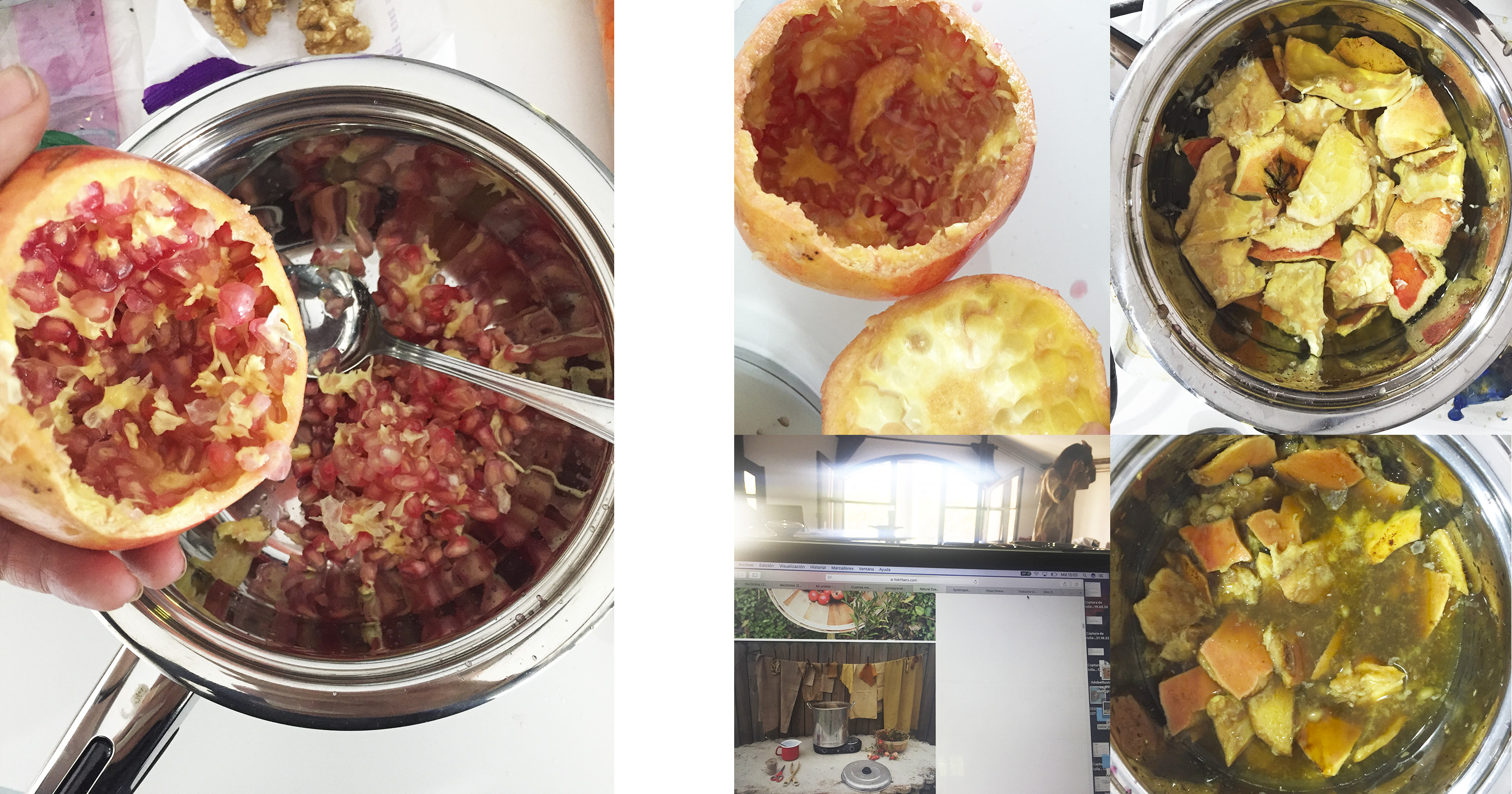
Pomagranate testing color¶



Observation in the practice:¶
Mordants¶
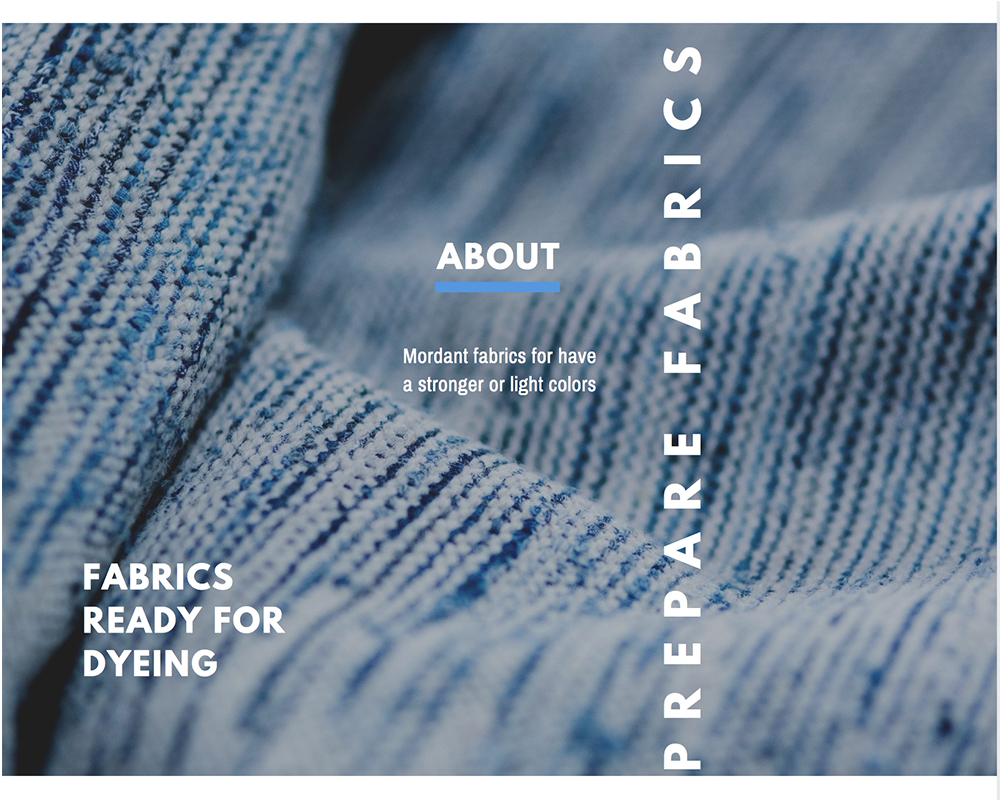

What does mordant do in the dyeing process?¶
A mordant or dye fixative is a substance used to set dyes on fabrics by forming a coordination complex with the dye, which then attaches to the fabric (or tissue). It may be used for dyeing fabrics or for intensifying stains in cell or tissue preparations. Animal fibres, such as wool need to be dyed using ‘acid dyes’. The acid is the fixative needed to make the fibres colour fast. Citric acid (lemon juice) or Acetic acid (vinegar) are the most commonly used fixatives. Silk can also be dyed using acid dyes in the exact same way as wool. Urea has two purposes: it can make it possible to dissolve more dye in a given volume, for the strongest of colors, and it serves as a humectant, or water-attractor, to help keep fabric damp long enough for the reaction to occur.
Alum¶
Have a hydrated potassium aluminium sulfate. Is one of the most popular mordants used in natural dyeing, as you can dye and mordant all at the same time.
How do you use mordant fabric with alum for natural dyeing?¶
Put the alum and the cream of tartar in a cup, add some hot water, and stir to dissolve. Add the mordant mixture to a bucket of lukewarm water, and stir. Put the wetted silk fabric into the mordant bath, and gently move it around in the bath for a few minutes. Leave the fabric to soak overnight.
What does mordant do in the dyeing process?¶
A mordant or dye fixative is a substance used to set dyes on fabrics by forming a coordination complex with the dye, which then attaches to the fabric (or tissue). It may be used for dyeing fabrics or for intensifying stains in cell or tissue preparations.
How do you mordant cotton with alum?¶
Remove the fibre from the mordant bath. Allow to hang evenly over a non-reactive rod (stainless steel, plastic) until it stops dripping. Rotate the yarn or fabric frequently so the alum is evenly distributed. Store the yarn or cloth in a damp white cloth for 24-48 hours.
Eco mordants¶
Silk needs an acid bath to accept dyes well, so a mild rinse of vinegar after mordanting will work well. Remove silk from heat after reaching boiling point in mordant, allow to cool and soak for a day. WOOL: Simmer 1 hour in mordant, cool in mordant water and rinse.
Iron¶
Can be add directly to a dye bath, mordant with iron or iron and alum or tannin, put it in a spray bottle or shift colors by dipping fibers in an iron bath after dyeing. Iron is very strong, so a little goes a long way and the color results can be dramatic.
References¶
Dye with bacteria¶
Dye natural color¶
- Natural Dye Discharge Technique
- The Chemistry of Natural Dyes - Bytesize Science
- DIY dyes from your kitchen & garden: magic of living color
- How to Make a Natural Dye Using Marigolds
- How to Make a Dye with Avocado Pits
Botanical Eco-dye fabrics¶
For this process we used plants and flowers that we picked up from a park near to the lab, 2 sheets of silk by 20x10cm and 30x10cm, butter paper and a bottle with water with rosty cloves.
Step by step:
- Put in a superface your sheet to start working.
- Be creative and do your own dessign with the flowers and the leafs.
- For a better strong print put a bit of rusty water on your design.
- Roll it up with the help of the butter paper.
- If you’ve not patient you can cook it for 1 hour, put it in a safe place and then leave it over night.
- Open it when you feel ready.
- Le it dry.


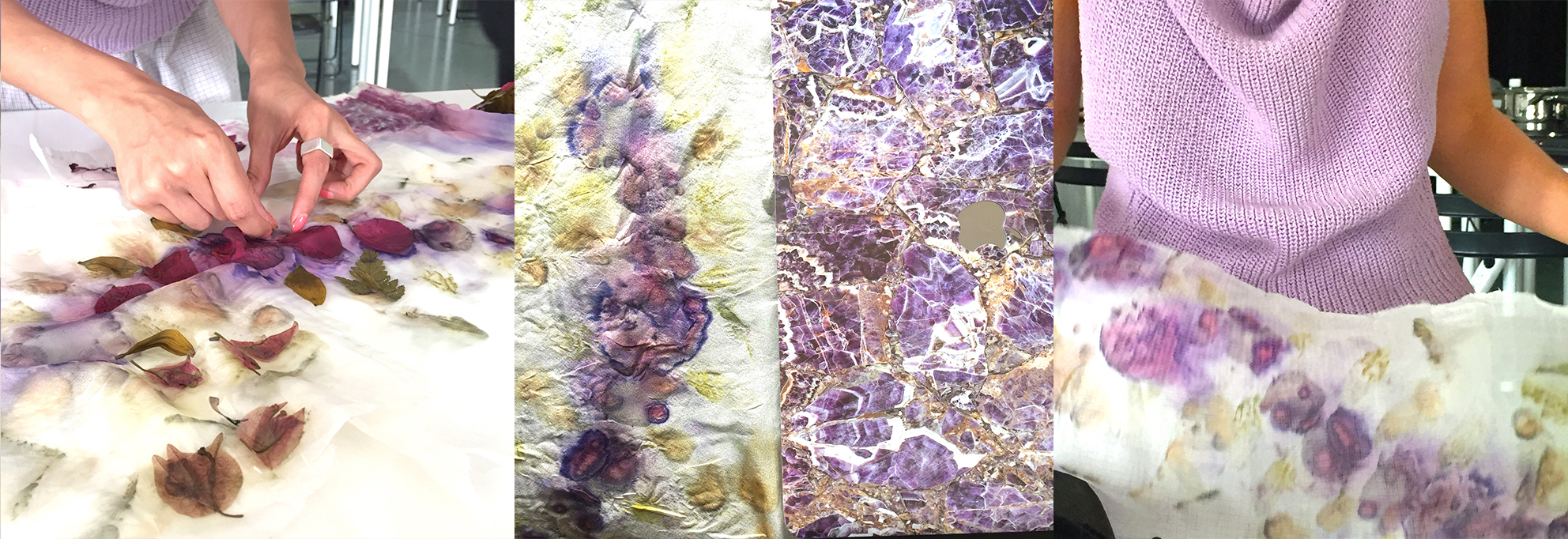
My own test¶
Ideas¶
Bacteria Dye Process¶
For this dying process we worked in the biolab where we found all the correct instruments to manipulate the bacteria. What do you need? 1. Cotton or silk fabric. Before used it, wash it. We are using a bacteria so everything have to be clean. 2. A pink bacteria, scientific name Serratia Marcescens. 3. Small burner for sterilization of our intruments. 4. A petri dish, a big one (where you fabric can fit) 5. Alcohol for clean your instruments and work space.
